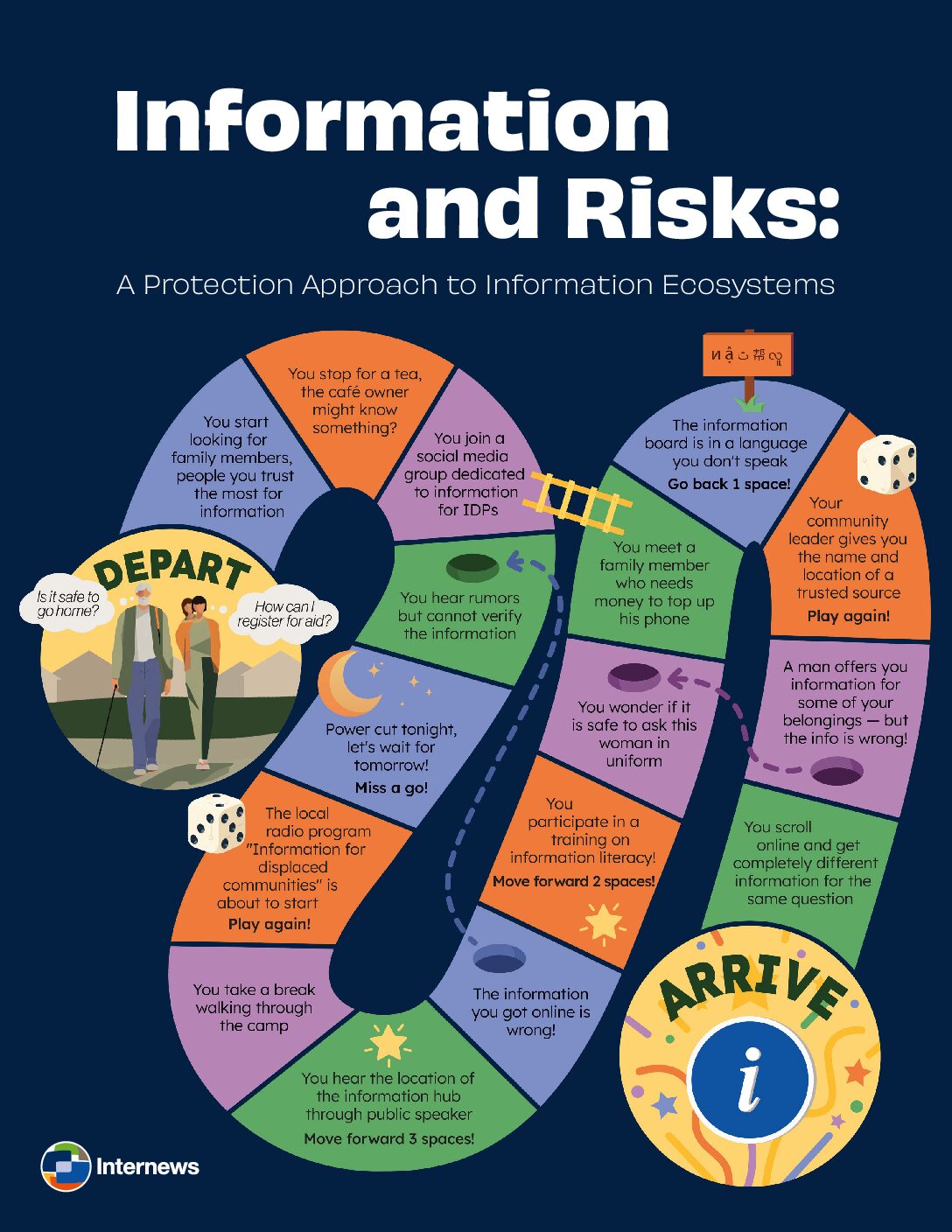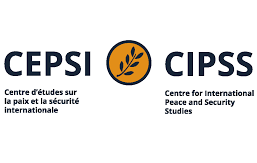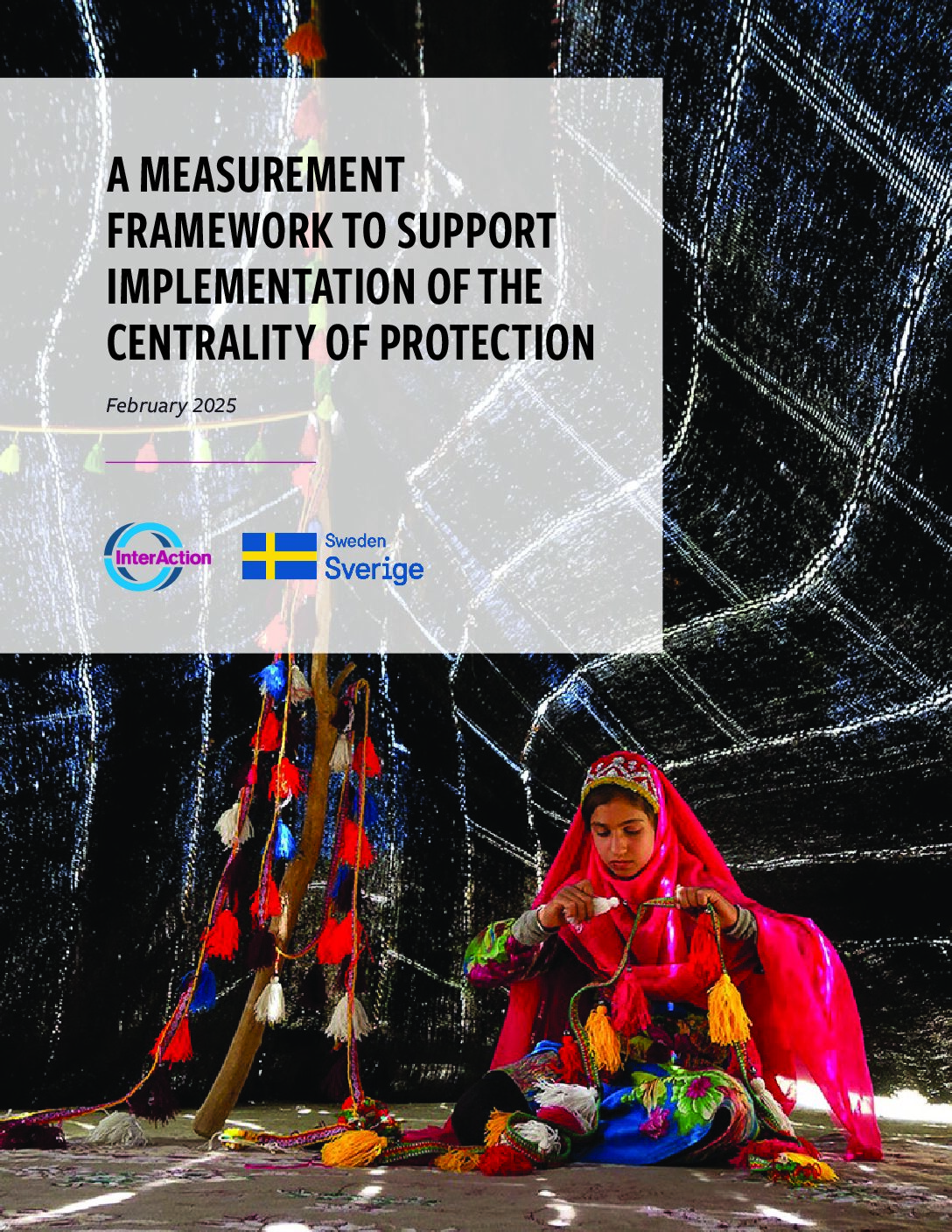Empowering Humanitarian Action: Navigating Information Risks in Crisis Contexts
Last month, thanks to the support from USAID’s Bureau of Humanitarian Affairs’, Internews released a valuable resource named Information and Risks: A Protection Approach to Information Ecosystems. Comprising four modules with associated annexes, these guidelines offer work templates that focus on empowering humanitarian and media actors in humanitarian contexts to enhance meaningful and safe access to information where populations experience protection risks due to mis/dis/malinformation, the lack of information, or the intentional or unintentional misuse of it. The guidelines also acknowledge the roles of various media actors and humanitarian actors in exposing populations to risks through information dissemination. A primary goal of these modules is to also shield communities from information-related risks stemming from humanitarian programming or inherent to the existing information ecosystems of these communities. To establish clarity on information risks, the guidelines include a glossary that defines terms relevant to these risks.
Within each humanitarian context, an intricate information ecosystem exists, viewed through the lenses of supply and demand and information is created, exchanged, disseminated, consumed, and used. This ecosystem spans global social media to community-based sources on the supply side and local social media to value-need access on the demand side. The modules acknowledge the role of resources, technology, and systems in creating information-related protection risks when misdirected by humans. It calls for a deep contextual analysis of the humanitarian and structural factors that could be contributing to risks compounding for communities in crisis. This includes the cultural, political, socio-economic circumstances which impact people’s access to information, lack thereof and how they utilize information to navigate their situations. Additionally, the resource extensively utilizes the risk equation model as a framework to analyze information-related risks by defining the information-induced threat, who the threat renders most vulnerable and understanding communities existing capacities to cope.



